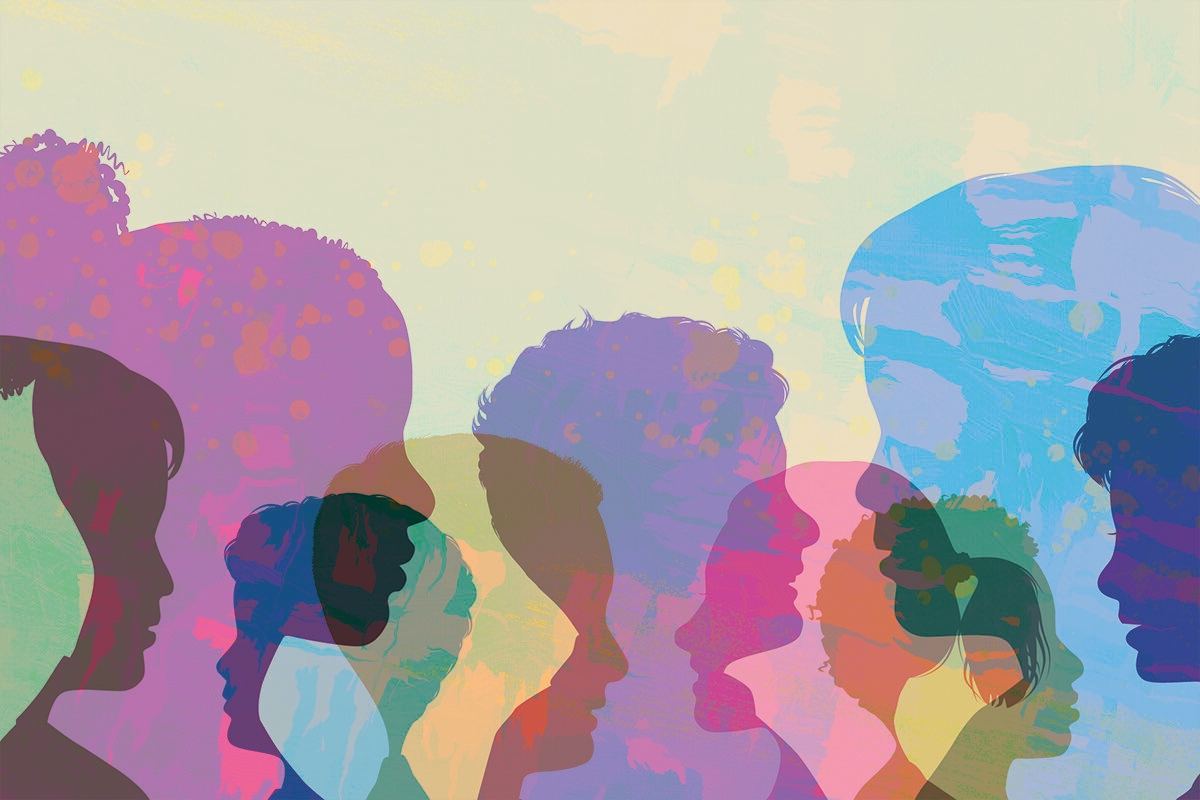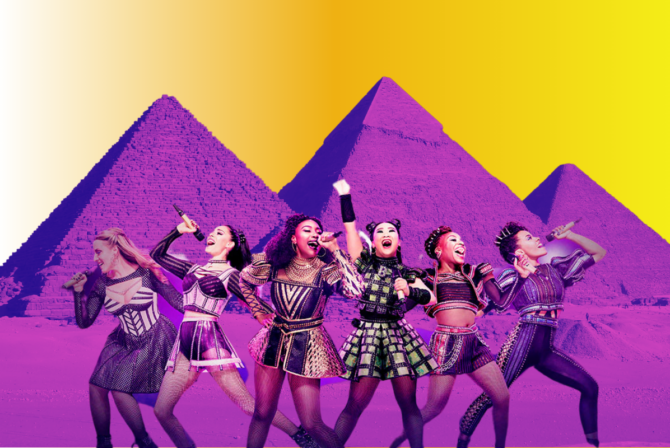Whether you realize it or not, you are helping to raise Black children. What I mean by that is, just by virtue of my biracial children being in community with you, you are helping to shape their identity — just as I am helping to shape the worldview of your children.
Whether you realize it or not, you are teaching my children how and to what extent they will be accepted in the Jewish community. In the lab-like environments that are our synagogues, schools, and organizational buildings, they are conditioned by the looks on your faces when they enter the room and by the behind-closed-door conversations that your children repeat on the playground. My toddler is learning who it is safe to play with; my 11-year-old is learning who will have him over; and, sooner than I would like, my bar mitzvah boy is learning who it will be safe to ask out on a date. They are learning whether they are seen as equals and embraced, or whether their presence is merely tolerated.
When my children enter your community spaces, they stand out simply by virtue of their skin color, whether you’d like to think they do or not. They learn what you think of People of Color when they see them around as nannies at drop off, as custodial staff, home health aides, and as the people you’ve hired to guard the doors that keep them safe. When my children see how you interact with these individuals, they see how you really see their mother — me — and how you really see them. They see and begin to build their identities around whether their existence is merely to be in the service of you.
Your children see this, too, and my children learn it in how they are treated by them. When your children call my children the n-word, or tell them that their skin is “brown like a cockroach, just like their mother,” or when they tell my children they cannot play with them because their skin is dirty, or try to throw them in garbage cans while calling them trash, they are demonstrating their lifetimes of learning the conscious and subconscious lessons you’ve taught them. Every time my children are told they can’t be Jewish or asked to tell their story, they are taught that they must be humiliated in order to make you feel safe. They learn that the Jewish commandment not to embarrass or humiliate another person doesn’t apply to them.
Right now, there is a lot of work that is being done in Jewish communities across the nation to determine what race means within their spaces. Some have started book clubs where members gather to read titles like How to be an Anti-Racist and White Fragility. Others have attended webinars on racial equity within Jewish spaces, helping to start the conversation on how they can make their communities safer for families like mine. I have even co-facilitated an anti-racism series in my own synagogue in an effort to surface areas where my own community can do better.
And yet, I find myself thinking about the depth of that work, and whether or not it will progress from an intellectual exercise and into concrete action. Many communities declare that they are open to and want to have Jews of Color in their spaces — but they often stop at really examining what it means for us to actually feel welcome.
The reality is that many Jews of Color exist within predominantly Ashkenazi spaces, and our children are growing up in between two cultural identities with two (or more) equally rich and important heritages. As a Black Jewish woman, I identify strongly with the history of my Southern brown skin. I also identify strongly as a Jewish person, and often find myself feeling the pressure to prove my legitimacy — at the cost dampening the visible half of my identity. To my children, being biracial means that they are descended from both freed slaves and from Holocaust survivors. In Jewish communities, however, the messaging is often that they must choose which half of their black and white cookie will be accepted, even though they are proud to be authentically Black and authentically Jewish.
Jews of Color are subjected to Jewish geography that more than likely does not apply to them, and tests of their lineage are constantly held up against which Eastern European country your families are connected to, as though connections to the “Old World” define who we all are as Jews. When our families are subjected to these types of inquiries in your spaces, many of us are not inclined to return.
I challenge everyone doing anti-racism work to make sure you evolve from book clubs and donation drives to an inward examination of what the values are of your communities. Such probing should lead you to some very difficult questions, including how you welcome newcomers into your spaces; how you make sure that all intersected identities are represented; and whose voices have determined the norms of your spaces. I challenge that examination to include explicitly looking at what work has been done to make your spaces welcoming, and what the “receipts” are for that work. Remember: It is the Person of Color who gets to determine how good of an ally you are being in any given moment. If there still aren’t any Jews of Color in your spaces — as many of us as there are — accept that there is a disconnect between your message of tolerance and actually being seen as an embracing community.
What my children learn about race when they are part of your community is going to shape them into the Jewish adults I’m raising them to be. To be part of the village that raises my children is a weighted responsibility that I’m sure you’ve never considered. I don’t want you to not see our color, because to be color-blind is to not see all of the culture that exists within our skin. My goal is for you to see beyond color to the beautifully complicated people that we are. My goal is for you to recognize that our Judaism is just as much a part of our ethnic identity as it is yours. My goal is for our every action not to represent all of us; to not constantly have to prove our legitimacy to you; and for every missed “trivia” question not to signify that we don’t belong.
I want my children to be able to exist in the Jewish community — in synagogues, schools, and organizational spaces — without glances, nudges, and whispers. My children are growing up with the taste memories of my matzah ball soup and cholent, even if it tastes differently than yours. They are also grappling with the other parts of their ethnic heritage, and how to exist in a world that discriminates against them because of all of who they are. Yes, we cannot always protect our children from all they will face in the world. But shouldn’t your tent be one that makes sure they are safe to be and learn and grow as Jews?
Image via Smartboy10/Getty Images








